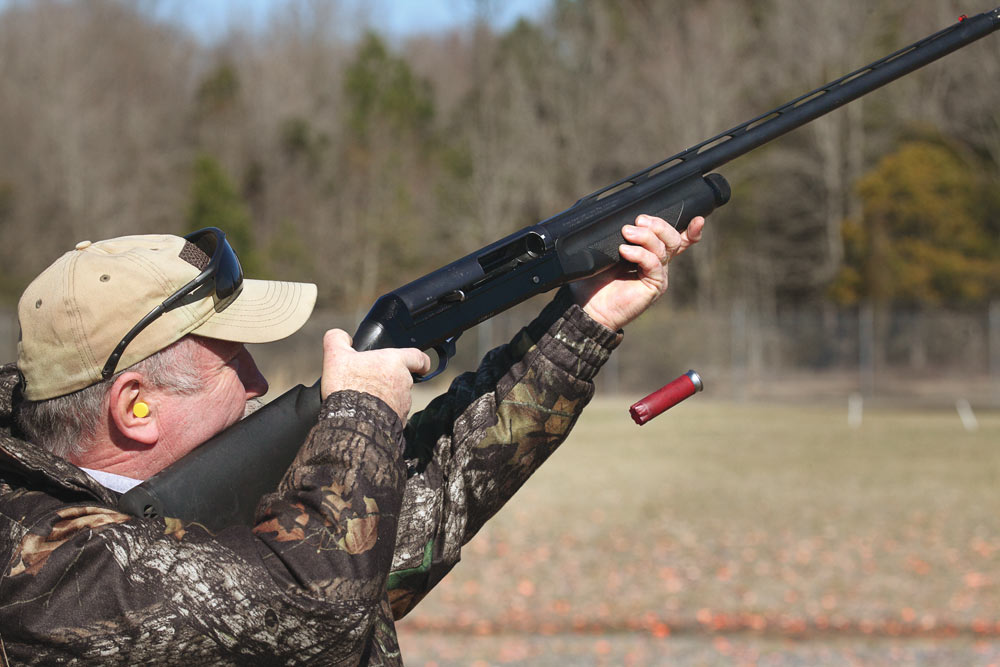
There are jaw-dropping sporting clay courses across the country, well worth the price of entry. Here are some of the top shooting destinations for those shotgunners with wanderlust.
Elk Creek Hunt Club
Owenton, Kentucky
Home of the 2009 U.S. Open (of sporting clays) and spread across 2,500 wooded acres, the sporting clays course at Elk Creek has become a must-shoot for serious enthusiasts. Forty-five updated and paved stations spread over 35 shooting fields actually create three separate courses. Each can be shot as 50- or 100-target rounds. A fleet of like-new carts are charged and ready to transport you to each station and a well-outfitted pro shop is there for anybody looking to buy or rent a shotgun or any other essential item. Accredited instructors are on hand to offer lessons to anybody in need of a few pointers.
The Fork Farm and Stables
Norwood, N.C.
At the heart of scenic Fork Farm and Stables, is a center called The Ordinary, which is anything but ordinary. Named after John Colson’s Ordinary, believed to be the first licensed tavern in North Carolina history (around 1701) and that once sat on this very site, the facility is at the heart of the Fork Farm and Stable’s outdoor and shooting programs. Home to the International Wing Shooting School, there is a 12-field, 24-station sporting clays course; a seven-field, seven-station sub-gauge course; covered five-stand to keep shooting when the elements turn nasty; and a six-trap, 60-foot tower and flurry, which can be set to throw an endless variety of presentations. The course, designed by British designer and IWSS director John Higgins, is set upon 1,600 wooded acres wedged between the Pee Dee and Rocky Rivers.

Dover Furnace Shooting Grounds
Dover Plains, NY
When Beretta wanted to introduce the media to their new high-dollar competition over-under, the DT-11, just a couple of years ago, one of the venues they chose to showcase their new model was at Dover Furnace Shooting Grounds. Located in the southeastern corner of Dutchess County, a short 90-minute drive north from Midtown Manhattan, the unique grounds are billed as the largest public shooting facility of its kind in the Northeast with 2,000 acres inside its property lines. At the center of the facility is a giant 35-foot stone iron ore furnace built in 1881 and which lends its name to the facility. Dover Furnace boasts 22 sporting clays stations, 4 FITASC fields, trap, skeet and 5-stand stations, and for those shooters not satisfied with clay targets, real upland bird hunting as well. Featuring the latest in technology, shooters can use a long-range wireless key system that allows for prepaird or pay-as-you-shoot options.
Quail Creek Plantation
Okeechobee, FL
Quail Creek began as the private destination of Ft. Lauderdale developer Whit Hudson, who sought a place for him and his friends to gather and hunt quail. A 2,500-acre tract in Okeechobee fit the bill so Hudson bought it, hired Fred Fanizzi and his wife, Maria, to run the place, and in 2001, seeking to help the land pay for itself, started selling quail hunts. Within the year, the team realized they needed a sporting clays course where hunters could warm up before a hunt and the legendary plantation was on its way. Quail Creek offers shooters two Marty Fischer-designed 14-station courses that can be shot in either 50- or 100-shot rounds. The Red Course is a little more forgiving, while the Blue Course delivers longer shots and faster targets.
Wynfield Plantation
Albany, GA
Earning Orvis’ coveted Shooting Lodge of the Year in 2005 and living up to it every year since, Wynfield Plantation is one of only a small number of lodges in North America that the sporting company endorses. The easy going atmosphere and relatively flat, pine forests will appeal to the genteel sportsman looking for a kind, but true Georgia quail hunting environment. With an emphasis on hunting, Wynfield kennels approximately 85 dogs and also helps sportsmen train their own. Whether combining it with a quail hunt or one of the sumptuous country cooked meals served in the main lodge, the plantation offers a beautifully designed 10-stand sporting clays course that will get you in top shooting form for a real hunt. Shot as a 50- or 100-target round, the course offers plenty of passing and crossing shots as well as ones representing fleeting rabbits and incoming teal.
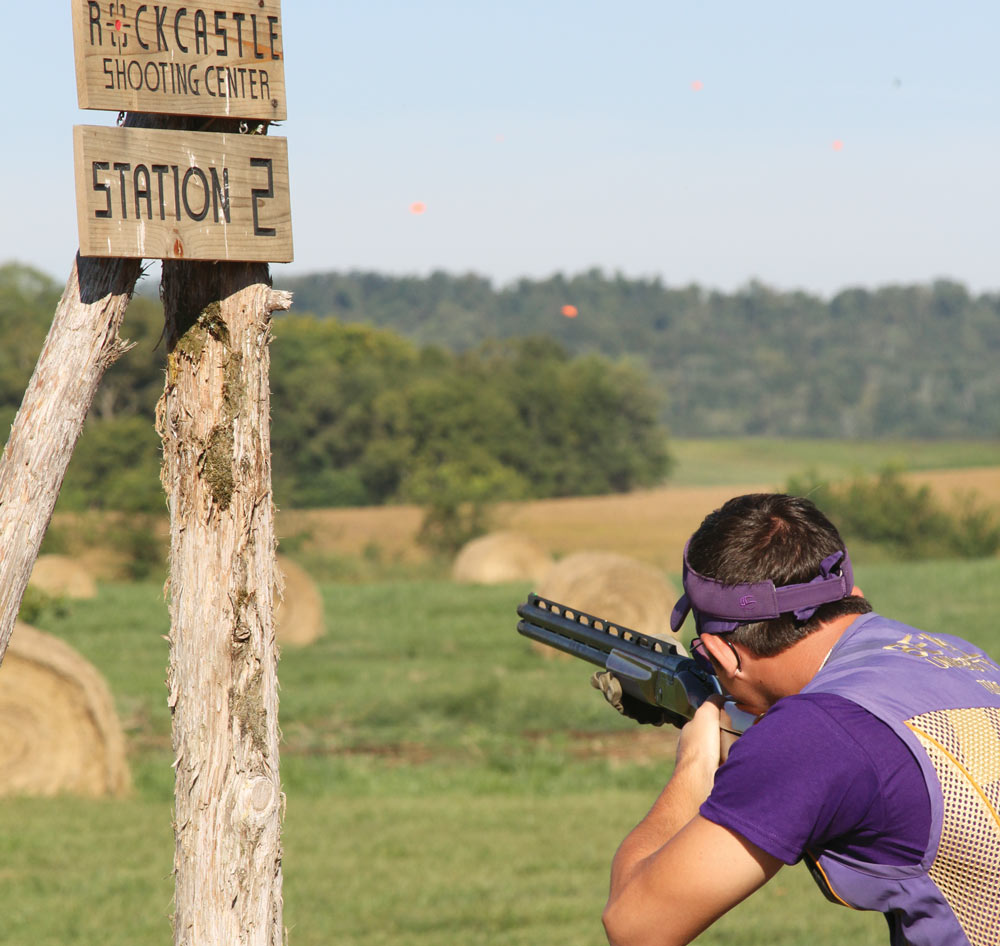
Rough Creek Lodge and Ranch
Glen Rose, TX
Like the Lone Star state where it is set, the list of offerings at Rough Creek Lodge and Ranch are big. Boasting on its website as many as 79 activities to enjoy while there, at the top of that list has to be their 10-station sporting clays course that can shoot like an 11-, 12- or 13-station course. Shot presentations are routinely changed up to keep the course challenging for repeat visitors with shots over open plains, creeks and woodlands. There are also 5-stand, wobble/trap and a rifle range, as well as hunting opportunities for upland birds, whitetail deer, wild turkeys, elk, predators and exotic game.
Rockcastle Shooting Center
Park City, KY
With so many shooting activities going on at Rockcastle—in 2014 it will serve as home to the NRA World Action Pistol Championships the annual Brownells Rockcastle Pro-Am 3-Gun Championship—its easy to forget the facility is also a dynamite destination for sporting clays enthusiasts. The 15-station course, designed by renowned designer Bill McGuire, has targets that are reset every two weeks to keep the action exciting and new. The facility also offers 5-Stand that overlooks the property’s scenic Cattail pond to warm up before hitting the clays course. A fully equipped pro shop provides everything you would need for a day of shooting. Rockcastle is part of the 2,000-acre Park Mammoth Resort in Park City, Ken.


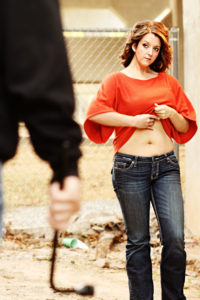
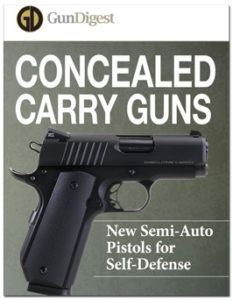 Free Download
Free Download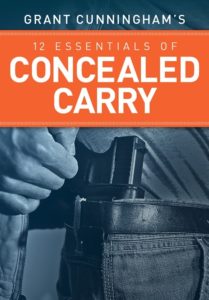

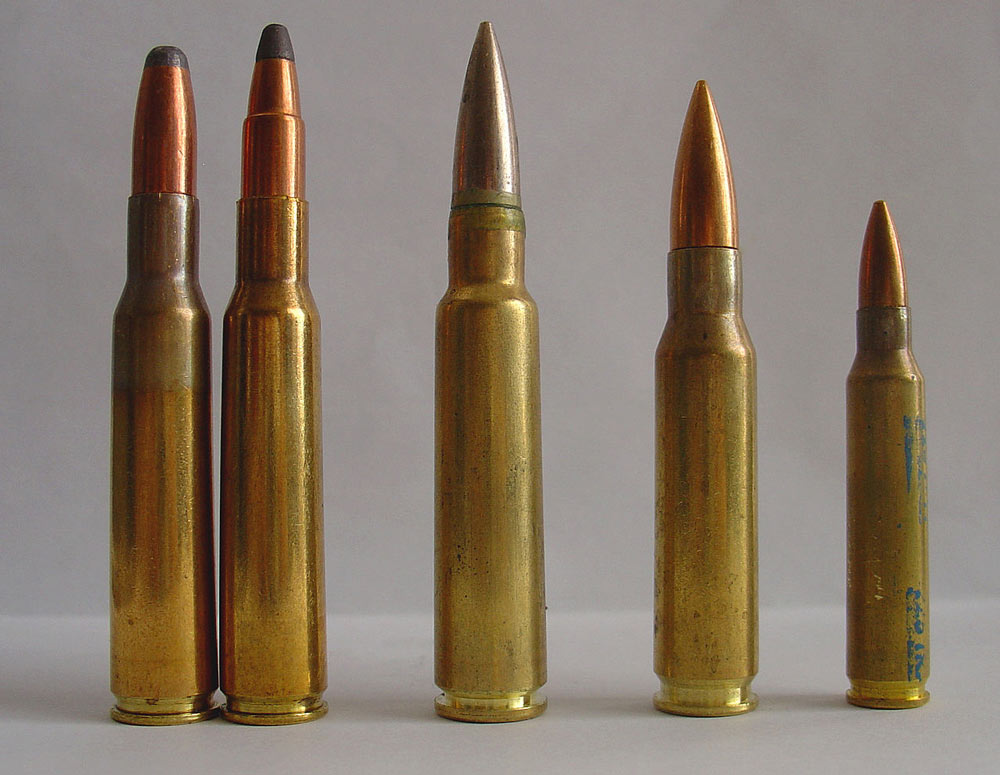
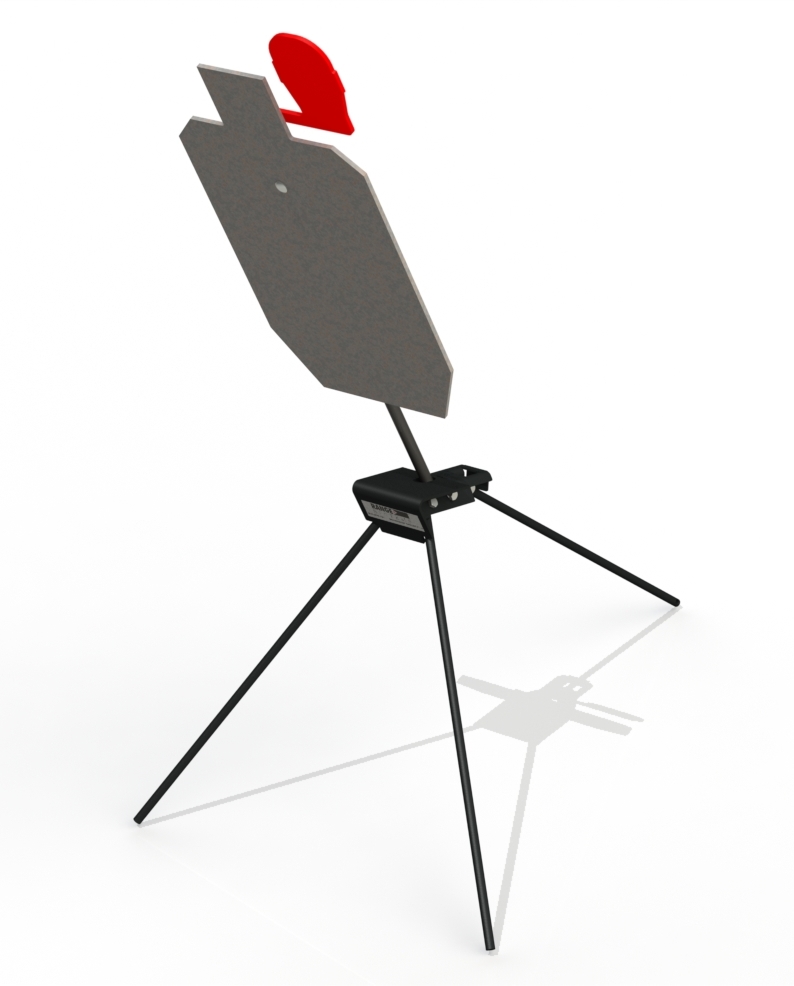
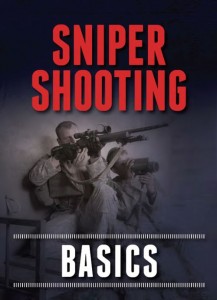
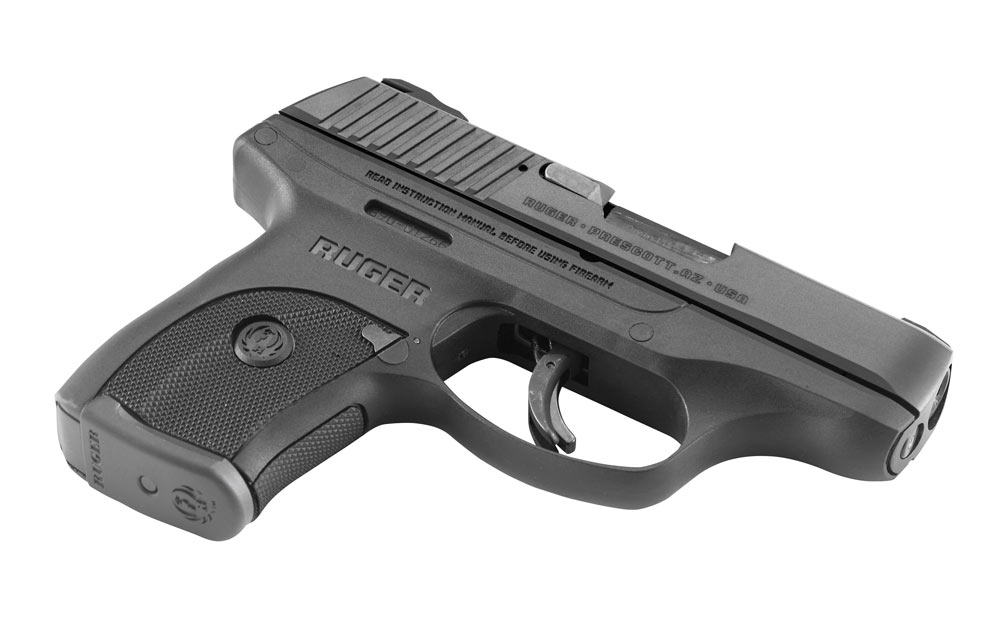


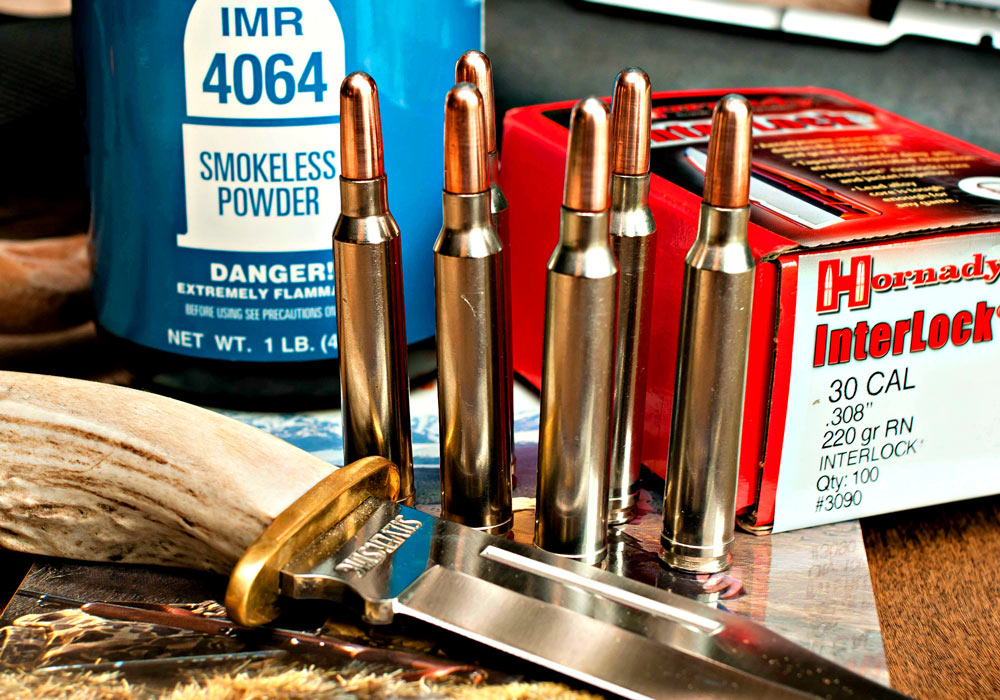
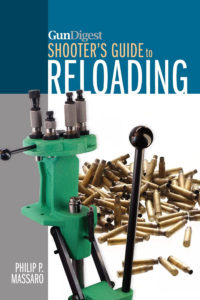





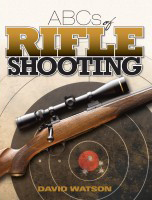
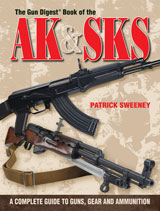

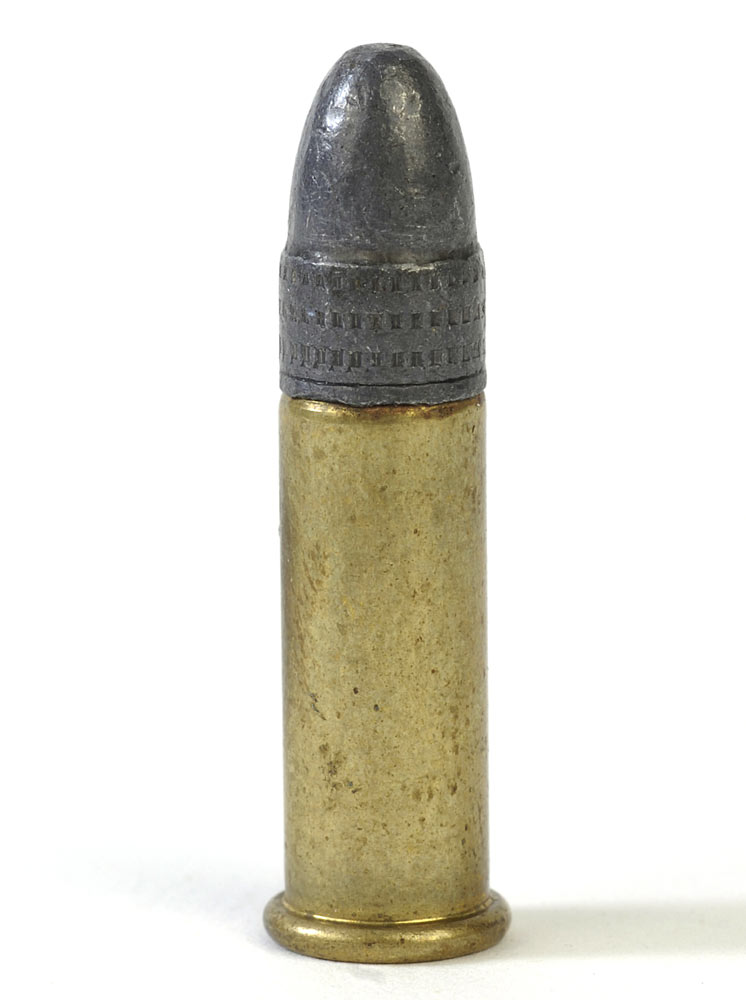

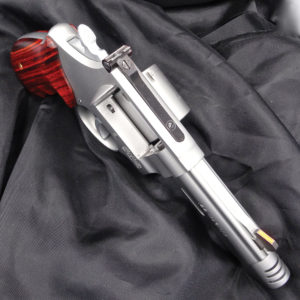


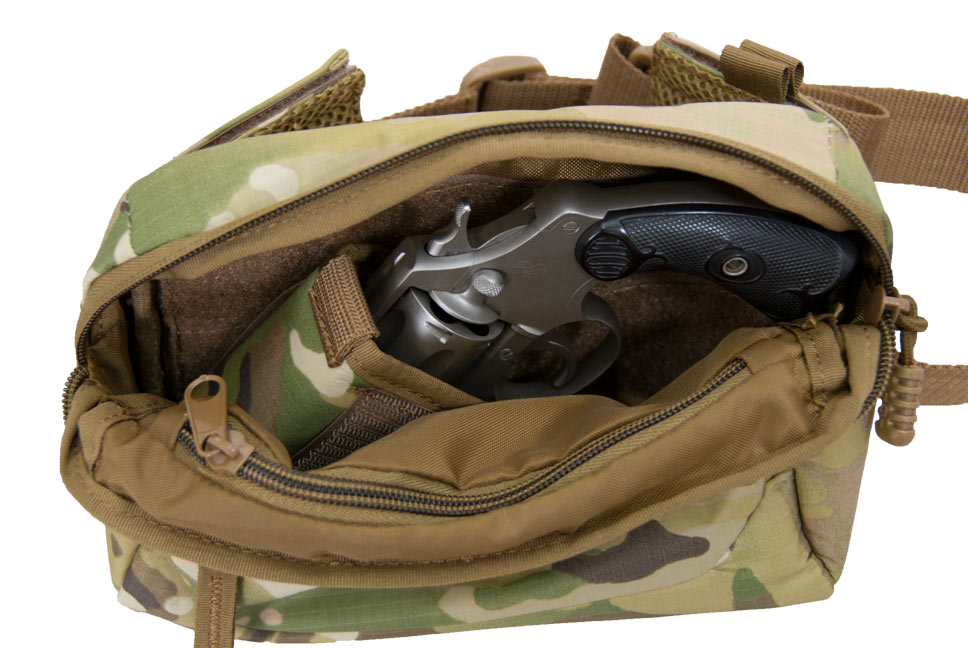
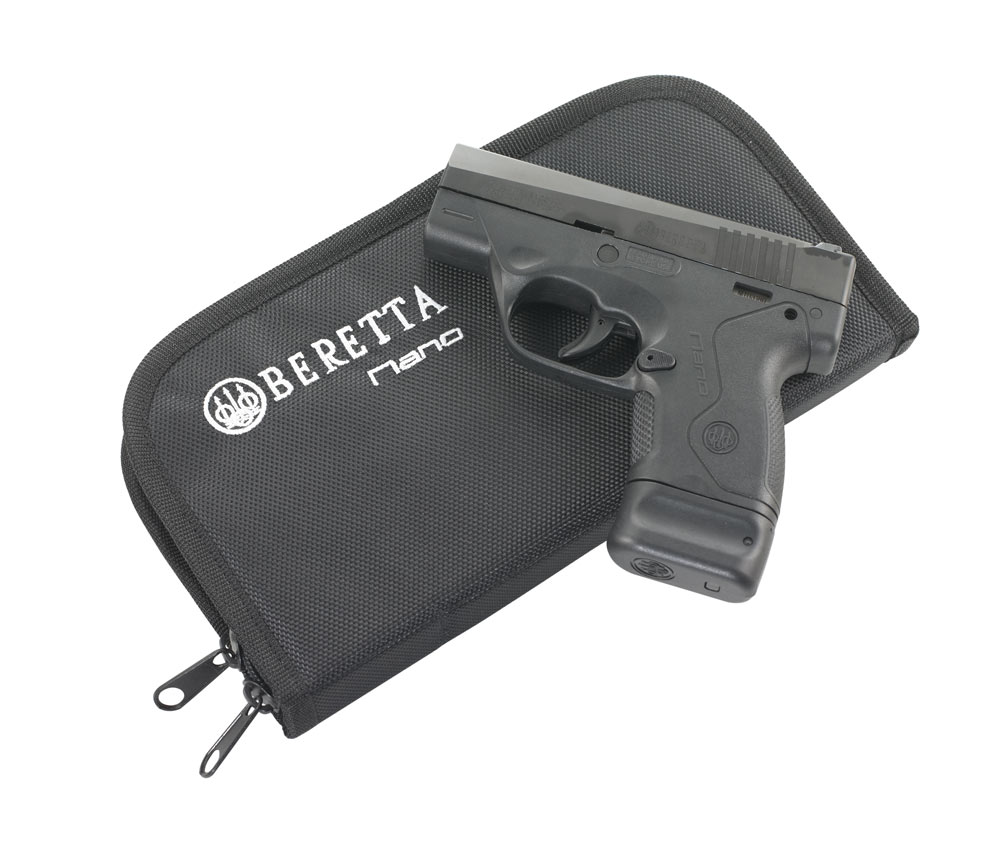
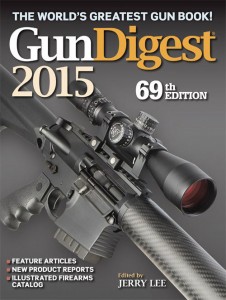
![Best Concealed Carry Guns In 2025 [Field Tested] Wilson Combat EDC X9S 1](https://gundigest.com/wp-content/uploads/Wilson-Combat-EDC-X9S-1-324x160.jpg)


![Best 9mm Carbine: Affordable PCCs [Tested] Ruger Carbine Shooting](https://gundigest.com/wp-content/uploads/Ruger-Carbine-Shooting-100x70.jpg)
![Best AR-15: Top Options Available Today [Field Tested] Harrington and Richardson PSA XM177E2 feature](https://gundigest.com/wp-content/uploads/Harrington-and-Richardson-PSA-XM177E2-feature-100x70.jpg)
